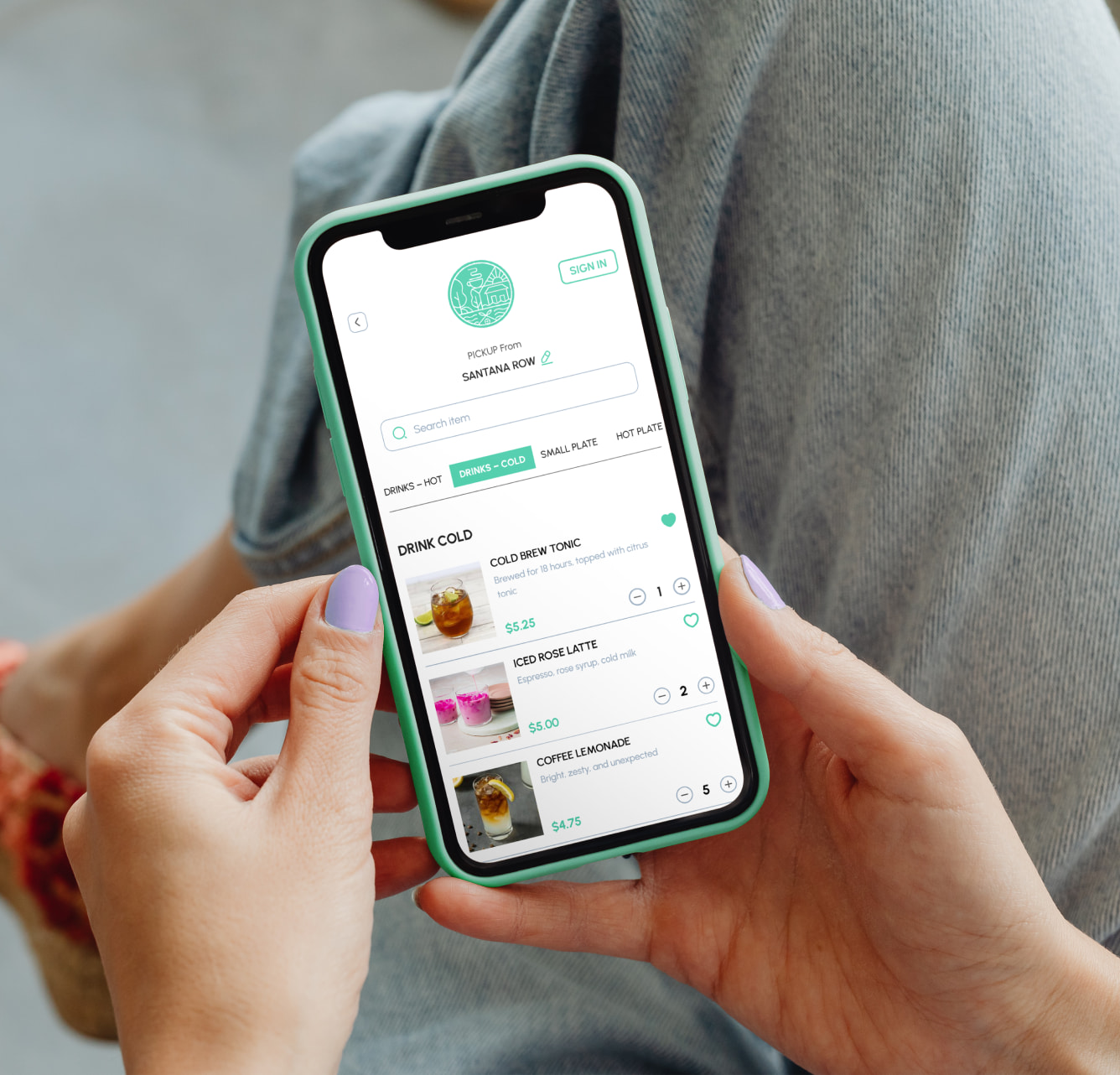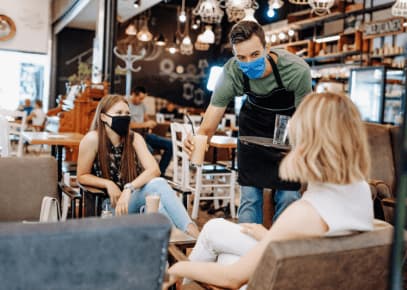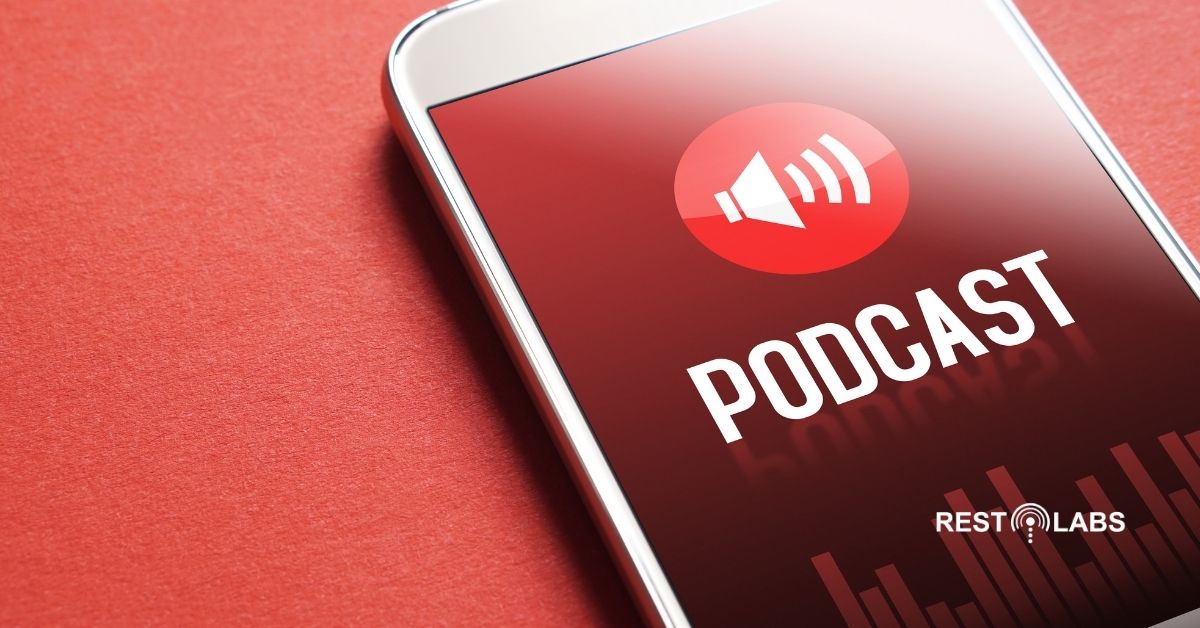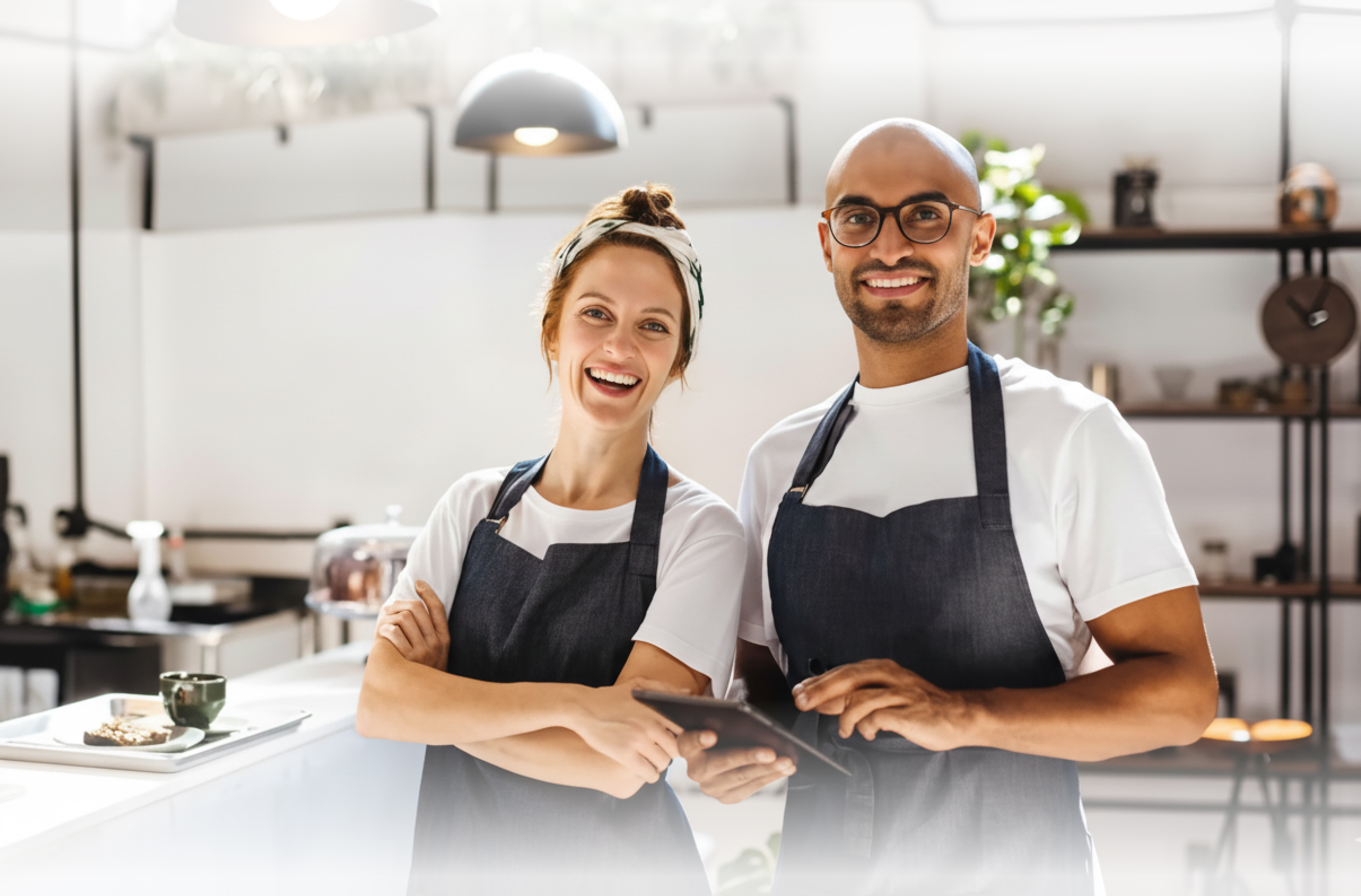Key Takeaways
The COVID-19 outbreak has forced us to navigate some extremely difficult courses. These are extraordinary times, and the effect it has had on both business and customers will have long-lasting resonance, some impacts may even become permanent.
A good example is the growing use of technology during the coronavirus pandemic. On the one hand, businesses are relying on technology to continue operations and keep the communication channel open, say with online deliveries and social media. On the other hand, customers have been dependent on technology for up-to-date information and access to various services.
There is no doubt that technology is going to be the major driver for growth and profitability for restaurants when we traverse the current situation and enter the ‘Next Normal’.
Before we look at some key technologies set to enter the restaurant sector post the COVID-19 crisis, lets identity some of the customer behavior and expectations that are influencing these critical innovations.
• Increased adoption of and familiarity with the digital among customers of all ages
• Instinctive fear of human proximity during social dining at restaurants
• Growing consciousness for more stringent hygiene standards
• Wariness about hand-to-hand contact with food
• Awareness about sustainability
From robots to social distancing bracelets, here’s a list of tech innovations restaurants will encounter in the future.
Droid-driven restaurants
Spyce in Boston may have recruited Michelin-Star chef David Boloud as its culinary director, but all its meals are prepared by robots. Creator in San Francisco serves burgers made by robots right from grinding beef to toasting buns and final assembling of ingredients, ensuring zero human contact with the food.
The creator, however, still uses manual labor to cover other tasks. Striking a balance between droids and human staff will be essential to running day-to-day restaurant operations in the future.
Robotic food kiosks
Texas-based Briggo has everything a regular coffee shop will have—a menu, loyalty programs and an ordering app. But it’s anything but a usual cafe. Customers order coffee from an app, then pick up their orders from a Briggo kiosk when it’s ready. Sally, a salad-making robot created by Chowbotics, has similarly been serving healthy meals to Californians, while Blended has been doing the same with smoothie making robots.
Using artificial intelligence, these food kiosks serve freshly prepared meals and beverages as opposed to the older automated vending machines. Again with no-human contact involved in the preparation of food, this technology could see a rise in popularity.
A hub and satellite system
An interesting new restaurant concept, called hub and satellite and derived from the retail model, has been on the radar recently. This restaurant system will have two locations—a hub where initial preparation is carried out and then readied for distribution to satellite locations, where the meal is finally assembled and customers are served. This system requires limited staff and minimal contact with the food itself.
A fully automated operation at both ends can also be carried out. This idea is still in its conceptual stages but could be realized in the near future.
Autonomous vehicles and delivery robots
Consumer demand for contactless delivery and sustainability will drive the use of drones, delivery robots, and autonomous vehicles (AV). Kiwibots is one of the popular food delivery services using robots. They first made a mark at university campuses such as UC Berkeley and UCLA in 2018 and is said to have made over 90,000 deliveries since its launch.
During the COVID-19 outbreak, Toyota-backed Pony.ai has partnered with the City of Fremont to deliver meals to a local emergency shelter program. Still in its nascent stages, these technologies have received a major impetus because of the pandemic and support for contactless deliveries.
Proximity bracelets
When it comes to deliveries, drones and autonomous vehicles have been much talked about as forms of the contactless delivery system. But there are some more exciting technologies on the rise in this area and one of them is proximity bracelets, currently being tested by Ford. This wearable tech will buzz if people get too close to each other. The data stored by the devices come in handy because when a delivery person becomes infected, the people he came in contact with recently can be informed as well.
Touchless menu
Menus are one of the most frequently touched surfaces in any restaurant and this is a cause for concern for customers when it comes to dining-in, especially because coronavirus is transmitted via indirect contact with infected-surfaces. GoZone WiFi has recently launched a ‘Touchless Menu’ whereby a special WiFi network transfers a digital menu to the guest’s smartphone, tablet, laptop, or other WiFi-enabled devices. This could resolve both the hygiene concerns of customers as well as save costs on developing a reusable menu or frequently sanitizing physical menus.
These are all innovations that were already being tested before, but the COVID-19 crisis has heightened their functionality and accelerated their introduction in the market. To gain a competitive edge and fulfill customers’ altered expectations after this pandemic, restaurants must start strategizing on how best to invest in these technologies and administer them in their day-to-day operations.
It does take some structural changes to the business model when adopting these new technologies, so the planning and preparation needs to start sooner than later.
The starting point in becoming a tech-led business would be to install an online ordering system. Even before COVID-19, online delivery was booming, but the present scenario has highlighted its significance even more. In-house online ordering is the most critical technology that all restaurants inevitably must embrace if they are to be future-ready.
A crisis can often lead to opportunities, so are you ready to take on the ‘Next Normal’?
Frequently Asked Questions


.gif)


.jpeg)

.png)



